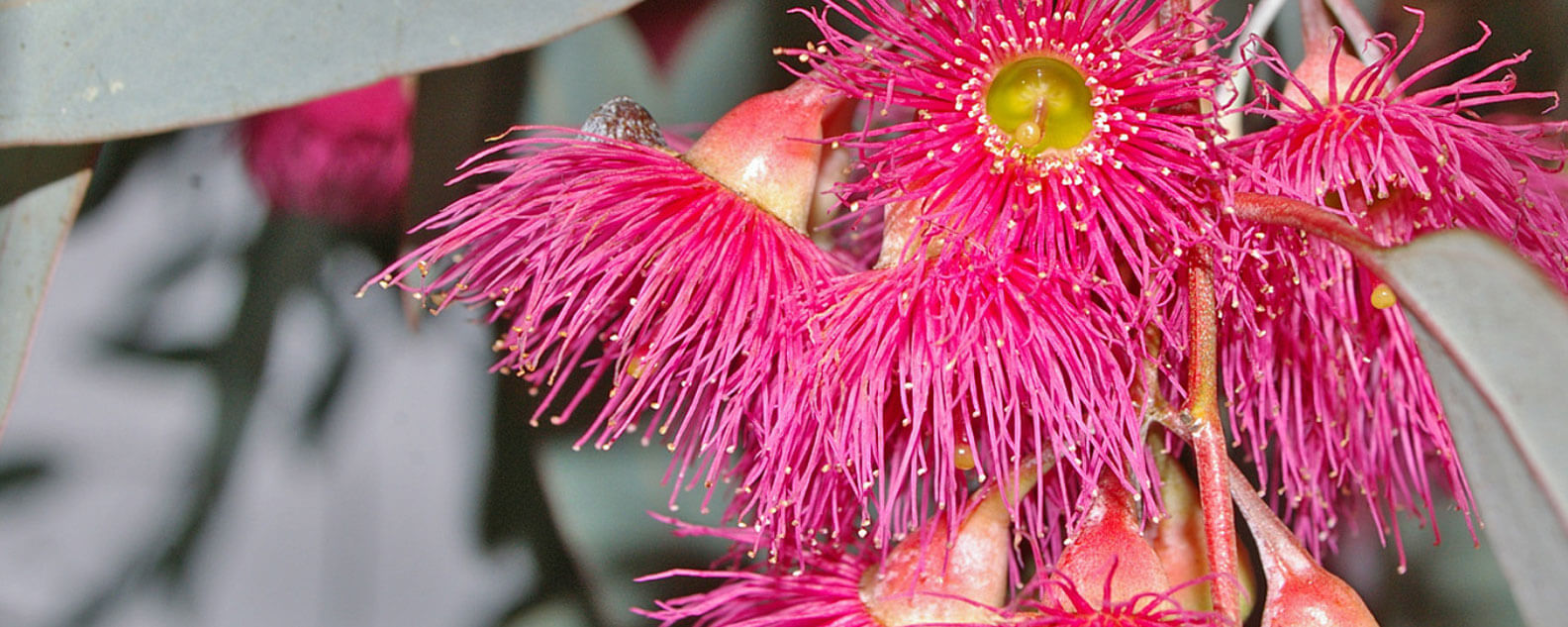Adaptations
Adaptations are traits which enhance an organism's ability to survive and thrive in their environment i.e. traits which enhance their evolutionary fitness.
For example, the following description of Eucalypt trees from Charles Darwin’s journal describes some of the unique adaptations Eucalypts have developed in response to the Australian conditions.
'The extreme uniformity in the character of the Vegetation, is the most remarkable feature in the landscape of all parts of New S. Wales….The tree’s nearly all belong to one peculiar family; the foliage is scanty and of a rather peculiar light green tint; it is not periodically shed; the surface of the leaves are placed in a vertical, instead of as in Europe a nearly horizontal position…'
Charles Darwin
Adaptations are generally sorted into three different types: behavioural, structural, and physiological. This is outlined in the following video:
Types of adaptations
Plasticity
Plasticity can be either a physiological adaptation or a behavioural adaptation. Phenotypic plasticity refers to the ability of organisms with the same genotype to exhibit different phenotypes in different environments. Behavioural plasticity refers to a change in an organism's behaviour based on exposure to certain stimuli, often changing environmental conditions.
Watch this video to learn more about how plasticity presents in the Spadefoot toad:
Shape Shifting Toad ? | Science Nation
Plasticity in the response of closely related Eucalypt seedlings is being studied at the Royal Botanic Garden Sydney. The full research paper can be found here.
Activities: Evolution and adaptation
1. Mind map
Create a mind map outlining what you know about adaptations including what adaptations are and what they are for.
Once you have done this, share it with another student and add anything you may have missed.
Watch the video, 'Types of Adaptations'. What did you learn from this that you didn’t already know and were there any misconceptions you had that this video corrected?
2. Thinking deeper
- What are the implications of this plasticity for plants as they face a changing climate?
